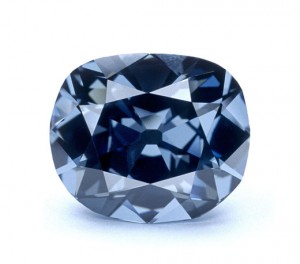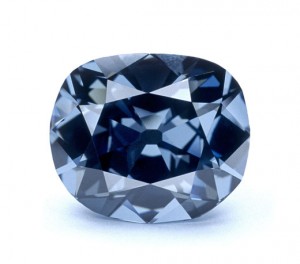
Image source: blogs.smithsonianmag.com
The Hope Diamond is a large, deep-blue diamond that is housed at the Smithsonian Natural History Museum, Washington D.C, USA. Hope diamond price is estimated at $200 million.
Although several myths are associated with the Hope diamond’s origins, including a famous one about it being stolen from an idol in an Indian temple, the Hope diamond is originally part of an older diamond called the Tavernier Blue, a 115 carat triangular diamond brought to Europe in the mid-1600’s by a Jean-Baptiste Tavernier, a french merchant. Although there is no clear account as to where Tavernier obtained the stone, experts estimate that it must have come from the Kollur mines in Guntur, Andhra Pradesh.
After a chequered history of adorning royal crowns and frequent disappearance, the large, 45.52 carat blue diamond resurfaced, put up for sale by Henry Phillip Hope, after whom the diamond is now named.
Eventually, in 1958, the Hope diamond was donated by its last owner to the Smithsonian Institution, where it has been on display ever since, set inside a necklace.
The Institution plans to temporarily set the Hope diamond in a new setting, but in the meanwhile, since September 2009, the Hope diamond is on display “naked” as a stand alone piece, for the first time in its recorded history.
Much myth and legend has been associated with the Hope diamond, and the best known among which is its famous curse. Stories about the malefic effects of this diamond on all those who owned or handled it started to circulate in the early 20th century American newspapers.
While there isn’t much established fact to the curse, it is certainly true that the Hope diamond is bewitchingly beautiful, attracting thousands of spellbound admirers every year.




